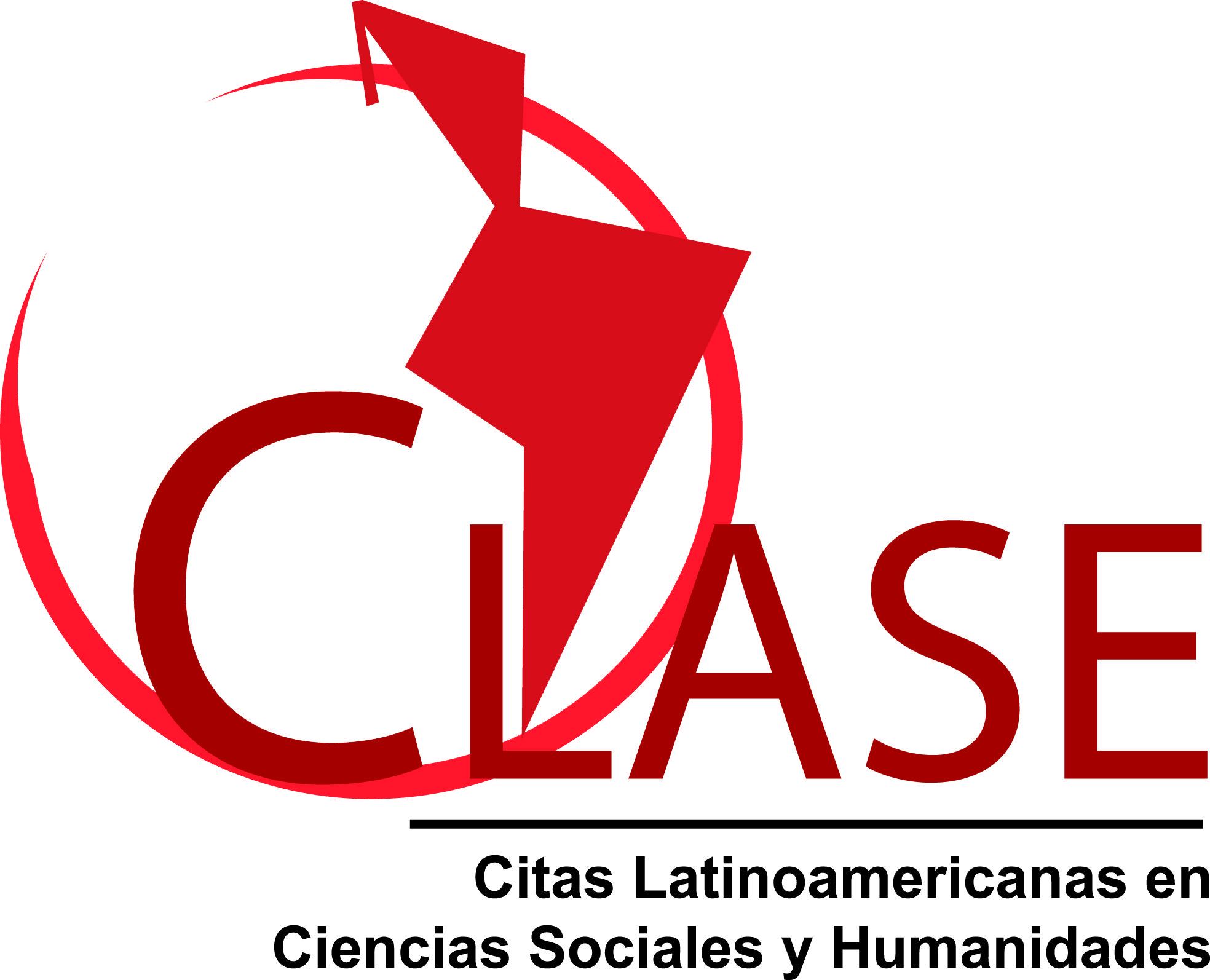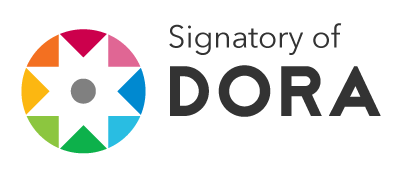Use of pictograms for pre-reading in high school children [Uso de pictogramas para la prelectura en niños de preparatoria]
DOI:
https://doi.org/10.62574/rmpi.v4i1.98Keywords:
reading instruction, reading programmes, reading promotionAbstract
The objective of this study was to determine the effectiveness of the use of pictograms for pre-reading in high school children at the Bernardo Valdivieso Millennium Educational Unit in the city of Loja, Ecuador. A quasi-experimental design was chosen. The results obtained after the implementation of the intervention based on the use of pictograms in the initial phase of pre-reading reveal a significant change in the level of reading aptitude in high school children. The dramatic 62% increase from an initial 7% to an impressive 69% of children considered reading literate conclusively indicates the positive and notable effectiveness of this strategy in the development of pre-reading skills, accepting the affirmative hypothesis and rejecting the null hypothesis. This innovative approach represents a significant step toward building a solid foundation for the literacy journey.
Downloads
References
Bauch, Anne, Friedrich, Claudia, & Schild, Ulrike. (2021). Phonemic Training Modulates Early Speech Processing in Pre-reading Children. Frontiers in psychology, 12, 643147. https://doi.org/10.3389/fpsyg.2021.643147
Benischek, Alina, Long, Xiangyu, Rohr, Christiane, Bray, Signe, Dewey, Deborah, & Lebel, Catherine. (2020). Pre-reading language abilities and the brain's functional reading network in young children. NeuroImage, 217, 116903. https://doi.org/10.1016/j.neuroimage.2020.116903
Boerma, Inouk, Mol, Suzanne, & Jolles, Jelle. (2016). Reading Pictures for Story Comprehension Requires Mental Imagery Skills. Frontiers in psychology, 7, 1630. https://doi.org/10.3389/fpsyg.2016.01630
Bonilla-Jarquín, A. M., & Ruiz-Almendárez, S. E. (2020). La comprensión narrativa en preescolares de zonas periféricas de Nicaragua [Narrative comprehension in preschoolers in peripheral areas of Nicaragua]. RECIE. Revista Caribeña De Investigación Educativa, 4(2), 62–77. https://doi.org/10.32541/recie.2020.v4i2.pp62-77
Dowse, Ros. (2021). Pharmacists, are words enough? The case for pictograms as a valuable communication tool. Research in social & administrative pharmacy : RSAP, 17(8), 1518–1522. https://doi.org/10.1016/j.sapharm.2020.10.013
Guevara, James, Erkoboni, D., Gerdes, M., Winston, S., Sands, D., Rogers, K., Haecker, T., Jimenez, M. E., & Mendelsohn, A. L. (2020). Effects of Early Literacy Promotion on Child Language Development and Home Reading Environment: A Randomized Controlled Trial. The journal of pediatrics: X, 2, 100020. https://doi.org/10.1016/j.ympdx.2020.100020
Huarca-Flores, Paola. (2022). La lectura en la educación superior y el rol del docente en su desarrollo [The Reading In The Higher Education and Teacher`S Rol in His Development]. Revista Cubana de Educación Superior, 41(1), 10.
Kisaalita, W. S., & Sempiira, E. J. (2022). Development of Pictograms to Communicate Technological Solution Instructions (Labeling) Among Low-Literacy Users. Ergonomics in Design, 30(2), 17-29. https://doi.org/10.1177/1064804620959145
López, C. (2017). Fomento de la Lectura [Reading Promotion]. PublicacionesDidacticas, 81, 325-335. Recuperado de https://core.ac.uk/download/pdf/235856602.pdf
Medina-Cardozo, I. I., & Veliz-Campos, J. (2013). Pictogramas para mejorar la comprensión lectora de textos narrativos en educación primaria [Pictograms to improve reading comprehension of narrative texts in primary education]. UCV-HACER. Revista de Investigación y Cultura, 2(2),84-90.
Puetate-Manitio, Gloria, & Esteves-Fajardo, Zila. (2023). Importancia de los pictogramas para el inicio de la prelectura [Importance of pictograms for the beginning of pre-reading]. CIENCIAMATRIA, 9(1), 617-627. https://doi.org/10.35381/cm.v9i1.1089
Ripalda, V, Macías, J, & Sánchez-Mata, M. (2020). Rincón de lectura, estrategia en el desarrollo del lenguaje [Reading corner, language development strategy]. Horizontes Revista de Investigación en Ciencias de la Educación, 4(14), 127-138.
Sánchez-Sánchez, Deysi, Bonilla-Roldán, María, Herrera-Lara , Marcela, & Tamami-Pachala , Jorge. (2023). Los pictogramas y su incidencia en el desarrollo de la lectoescritura de estudiantes de educación inicial bilingüe [Pictograms and their impact on the literacy development of bilingual early childhood education students]. Magazine De Las Ciencias: Revista De Investigación E Innovación, 8(1), 38–49. https://doi.org/10.33262/rmc.v8i1.2855
Torío-López, Susana, & Mesonero-Valhondo, Antonio. (2019). El reversal test y la ficha de observación de G. Yoakam en la determinación de la madurez para la lectura [The reversal test and G. Yoakam's observation sheet in the determination of reading maturity]. Magister, 12, 279–295. https://doi.org/10.17811/msg.12.0.1994.%p
Verwimp, Cara, Vanden Bempt, F., Kellens, S., Economou, M., Vandermosten, M., Wouters, J., Ghesquière, P., & Vanderauwera, J. (2020). Pre-literacy heterogeneity in Dutch-speaking kindergartners: latent profile analysis. Annals of dyslexia, 70(3), 275–294. https://doi.org/10.1007/s11881-020-00207-9
Downloads
Published
How to Cite
Issue
Section
License
Copyright (c) 2024 Copyright: 2024 By the authors. This article is open access and distributed under the terms and conditions of the Creative Commons Attribution-NonCommercial-ShareAlike 4.0 International (CC BY-NC-SA 4.0) license. https://creativecommons.org/licenses/by-n

This work is licensed under a Creative Commons Attribution-NonCommercial-ShareAlike 4.0 International License.
CC BY-NC-SA : This license allows reusers to distribute, remix, adapt and build upon the material in any medium or format for non-commercial purposes only, and only if attribution is given to the creator. If you remix, adapt or build upon the material, you must license the modified material under identical terms.
OAI-PMH URL: https://rperspectivasinvestigativas.org/index.php/multidiscipinaria/oai

















